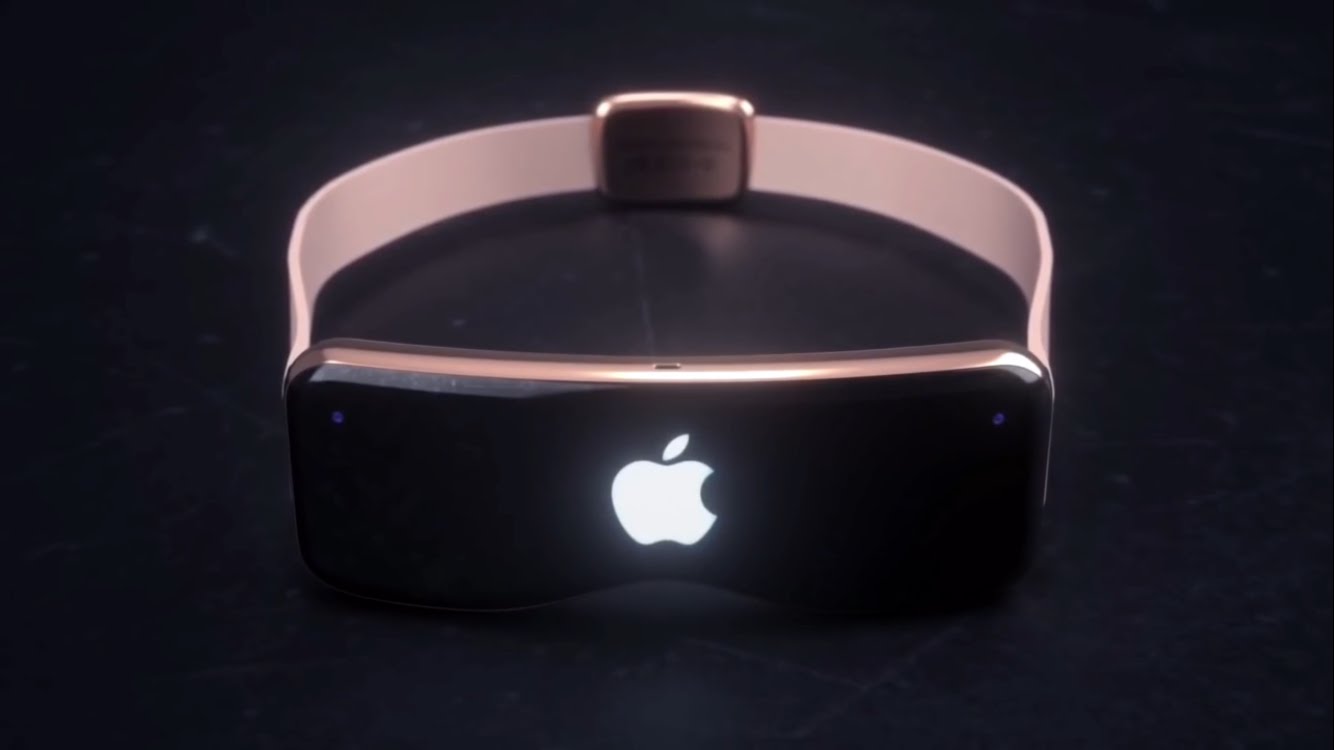Here’s how FaceTime video calling could work on an Apple AR/VR headset with the device strapped on your head and obscuring much of your face.

Using FaceTime with an Apple AR/VR headset strapped on
There front-facing camera on an iPhone, iPad or Mac captures your video stream for the recipient. So how’s FaceTime video calling supposed to work if I’m wearing a VR headset that obscures my face? Read: How to make FaceTime calls from your Apple Watch
The dumbest solution would be to leave things as they are now. And by that, we mean needing to to pull a FaceTime device out of your pocket, such as your iPhone, iPad or Mac, to use for conducting video calls. In that scenario, the recipient doesn’t get to see much of your face. This isn’t an ideal workaround but it does work around the problem.
A smarter solution would require no iPhone, no iPad, no Mac, no nothing. Just an Apple headset strapped on your head. The internal cameras within the headset would capture your facial expressions in three dimensions. By capturing your face in real-time, RealityOS (Apple’s rumored operating system for AR and VR hardware) could apply your facial muscle movement to a chosen 3D avatar representing you in the AR world.
Doesn’t that remind you of a certain iPhone feature?
Memoji, your three-dimensional avatars on iPhone, iPad and Mac, sounds like the perfect feature that could be in desperate need of an Apple headset to realize its full potential. And SharePlay, as you may imagine, could play an important role in augmented and virtual reality. Read: How to create Memojis for your iPhone contacts
Mark Gurman: Memoji and SharePlay coming to the rescue
Writing in his Power On newsletter on Bloomberg, reporter Mark Gurman has speculated how the Memoji and SharePlay features could play a central role in making possible FaceTime video calls on Apple’s long-rumored AR/VR/MR headset.
I imagine a virtual reality version of FaceTime where you can be in a conference room with dozens of people. Instead of seeing their actual faces, you’ll see 3D versions of them (Memojis). I assume the headset will be able to determine a person’s facial expressions in real time, making the experience fairly lifelike. I would also look for heavy use of SharePlay in the new realityOS, allowing multiple headset wearers to experience music, movies and games together.
It sounds easy when you put it like that but implementing FaceTime on an Apple headset could prove incredibly challenging. On the other hand, analyst reports and whispers from the supply chain point to a sophisticated device that could use a bunch of onboard cameras to track eye movement and facial expressions. One of the cameras could be a depth-sensing camera similar to the TrueDepth camera on iPhones with Face ID.
Reliable analyst Ming-Chi Kuo predicted an Apple AR headset would feature as many as 15 onboard cameras, with six cameras powering “innovative biometrics,” which does sound like a sophisticated form of Face ID.
So just like your iPhone’s Face ID, coupled with structured light sensors and the Animoji feature, can detect user’s dynamic expression change, the same should be true for Apple’s VR headset. Summing up, virtual avatars will play a big role in the whole metaverse thing and an upcoming Apple VR headset might easily give Memoji a perfect opportunity to shine.
But will Apple’s headset also require users to upgrade their home insurance?
I’ve seen enough broken TVs on this sub to know why these were invented.. from VRtoER
How to not VR
It’s a perfectly viable question to ask. As a matter of fact, a report today in the United Kingdoms The Guardian newspaper has raised a valid concrete regarding using virtual reality helmets in home environments.
The trend of crashing into furniture while in the metaverse provoked a 31 percent jump in home contents claims involving VR headsets last year, insurer Aviva said, marking a 68 percent overall increase since 2016.
Customers making these claims will push insurers into imposing additional restrictions on AR and VR headsets. We’re pretty sure that most people’s home insurance does not cover cases of cracked TV screens caused by flying VR controllers.
Claims to Aviva involving virtual reality headsets can get wacky. One customer launched a controller at his TV when a zombie jumped out during the game. Multiple people reported cracking TV screens. One child smashed two designer figurines—perched on the mantelpiece—when his game demanded a swipe move.
For specific examples of how virtual reality headsets can cause havoc at home, look no further than the subreddit VRtoER.